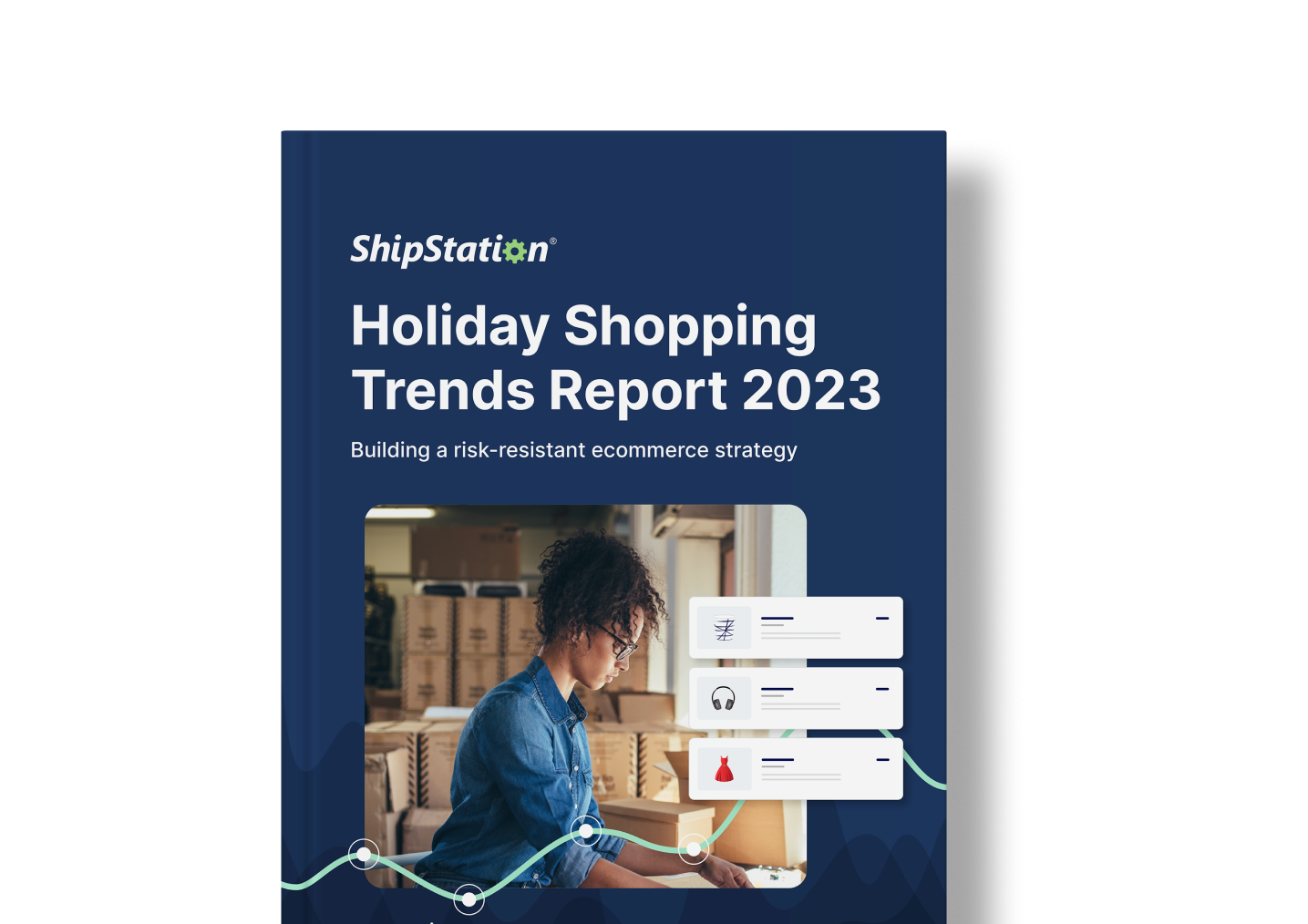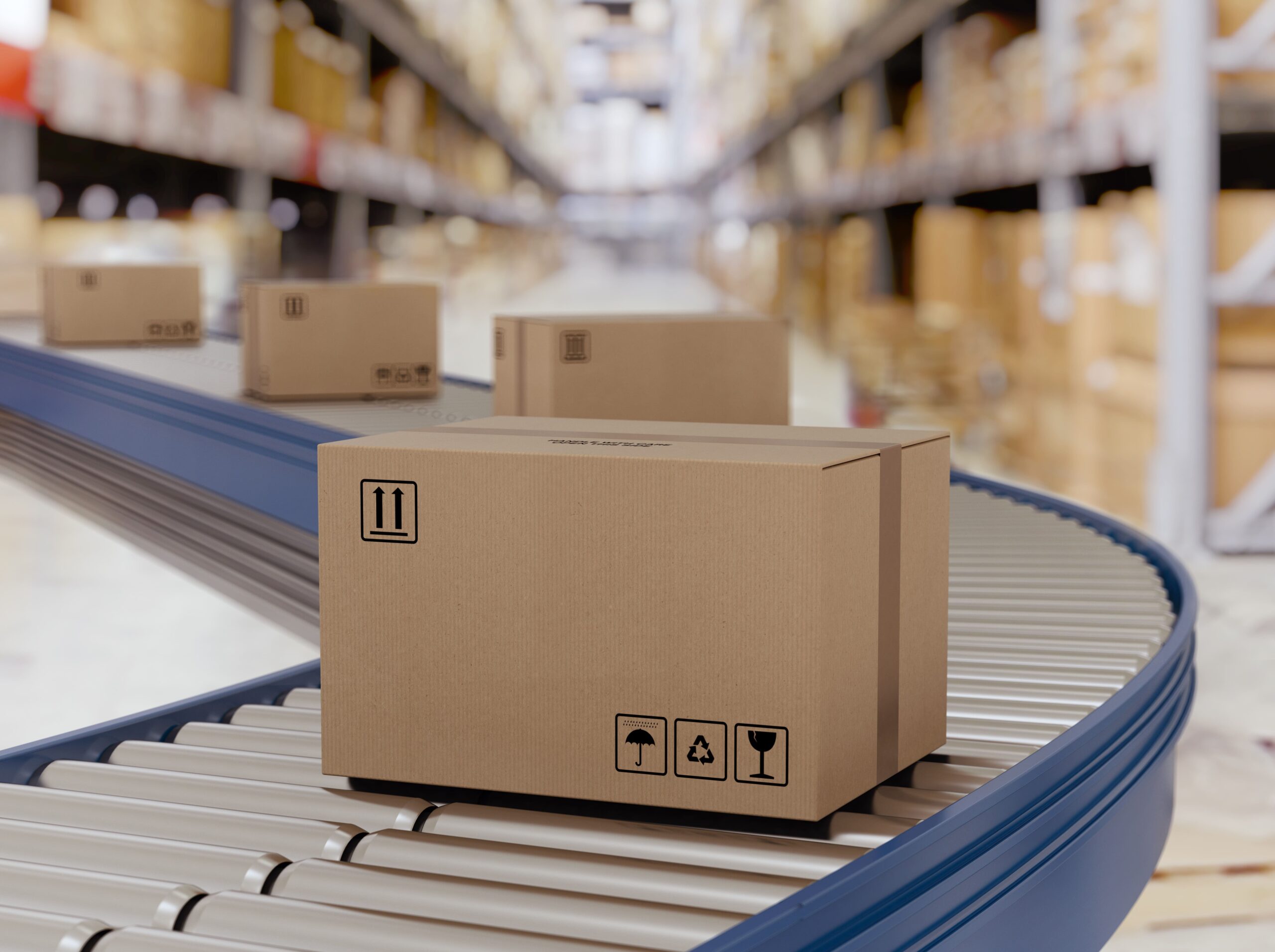Inventory Control Software Basics
When you’re vetting out new inventory control software, there’s a lot to compare and contrast. Some have complex workflow solutions and some have little-to-no workflow solutions. Some have a million features at an out-of-the-box price you’ll never use. It can be tricky to sift through website jargon and get down to what you really need to become a successful, scaling business.
But there are a few basics every seller needs in inventory control software. Let’s take a look at some.
Inventory Tracking
First and foremost, you shouldn’t invest in any kind of inventory control software that doesn’t provide proper inventory tracking. Inventory tracking is at the heart of a good business. In fact, poor inventory management can lead to 60% of the average company’s SKUs to be inaccurate, according to a recent study.
Inventory tracking is a great place to start when you’re looking at different software. Good inventory tracking features should give you complete visibility into the locations and quantities of your inventory throughout the fulfillment process.
Make yourself a checklist that includes the following questions:
- Does this software include barcode tracking?
- Does this software include real-time dashboards of inventory data?
- Does this software include quality control?
These are just a few inventory tracking features you’ll want to make sure are in place when implementing an inventory control software.
Barcode scanning allows users to track inventory movement through the warehouse faster and with more accuracy. Quality Control catches order discrepancies before they’re shipped off to customers.
Customized Reports
A business is only as good as its data, and inventory data is no exception. It’s actually crucial for the rest of your business success.
Reporting helps you make better purchase and forecasting decisions by allocating all inventory data in one, easy to find place. When you can make smart purchase decisions, you greatly reduce the risk of potential out of stocks and oversells which greatly damage your company’s bottom line.
Some common inventory reports include Replenishment, Purchase Orders, and Transaction History. The inventory control software you choose should come with these at a minimum, but the more reports the better.
To take inventory accuracy to the next level, look for a software that provides customizable reporting solutions. It’s one thing to have reports that house data, but it’s another to have reports you can customize to your unique business needs. Reporting isn’t a one-size-fits-all inventory management feature. It needs to mold the day-to-day activity of your operations to ensure the best results.
Integrations
As mentioned, inventory is at the heart of your business. You need it to sell on marketplaces. You need it to ship out in your shipping software. You need it to live on your ecommerce platform or website.
An inventory control software is put in place to house and manage all inventory data and to integrate with your software tech stack. Take time to study the network of integrations each software offers. Do they have what you need? If not, do they offer an open API?
Your inventory has to communicate with everything else you’re using, so it’s critical to choose a solution that has seamless integration options. SkuVault Inventory and Warehouse Management system, for example, integrates with ShipStation to push and pull inventory and locations back and forth for complete visibility.
Multi-location support
As a growing business, you have aspirations to expand, to build a bigger brand, and maybe to add additional locations. But how do you manage inventory across locations effectively?
You can’t do it accurately without the right inventory control software. Look for a software solution that has multi-location functionality. If you’ve got a retail store in multiple locations, you should be able to track inventory movement at each and house it under the same account.
Beyond physical locations, the inventory control software also needs to support and update digital multi-locations. So, if you’re selling on two marketplaces, your website, and a physical retail store, all quantities should be updated simultaneously to reflect the new amount. This kind of multi-location support eliminates the risk of out of stocks and oversells because you’re not managing multiple location quantities manually from a spreadsheet.
As a retailer, it’s often assumed that you should either get your sales channels or websites up and running first. That’s fair. But it’s equally important to get your inventory control software in place as well. If you don’t know what you have, how much you have, or where it is, the rest of your business won’t fall into place.
Use this blog post as a checklist if you’re in the middle of finding a new solution or are just starting out in the ecommerce space. It’s a saturated market, but if you can focus on the features you need to scale, the decision making becomes simpler.
This blog was contributed by Avery Walts of SkuVault, an inventory and warehouse management software. Avery Walts is a Partner Marketing Manager at SkuVault where she focuses on producing content to support the efforts of SkuVault’s eCommerce partnerships.






